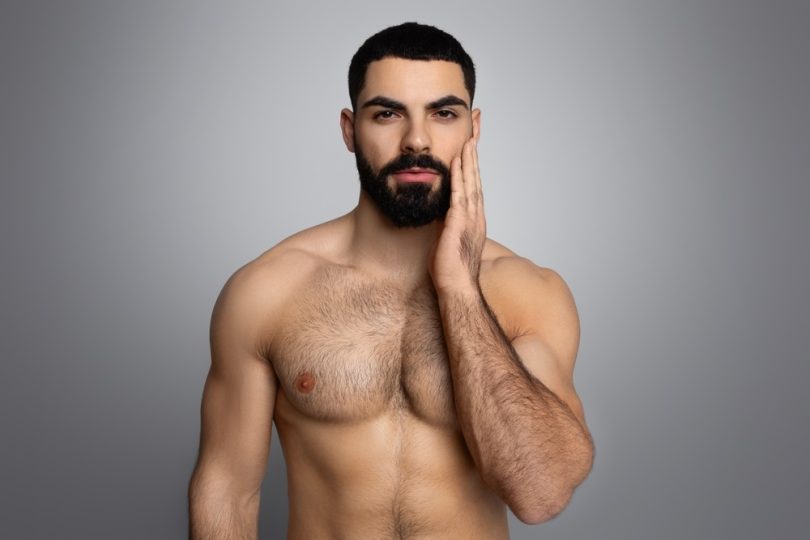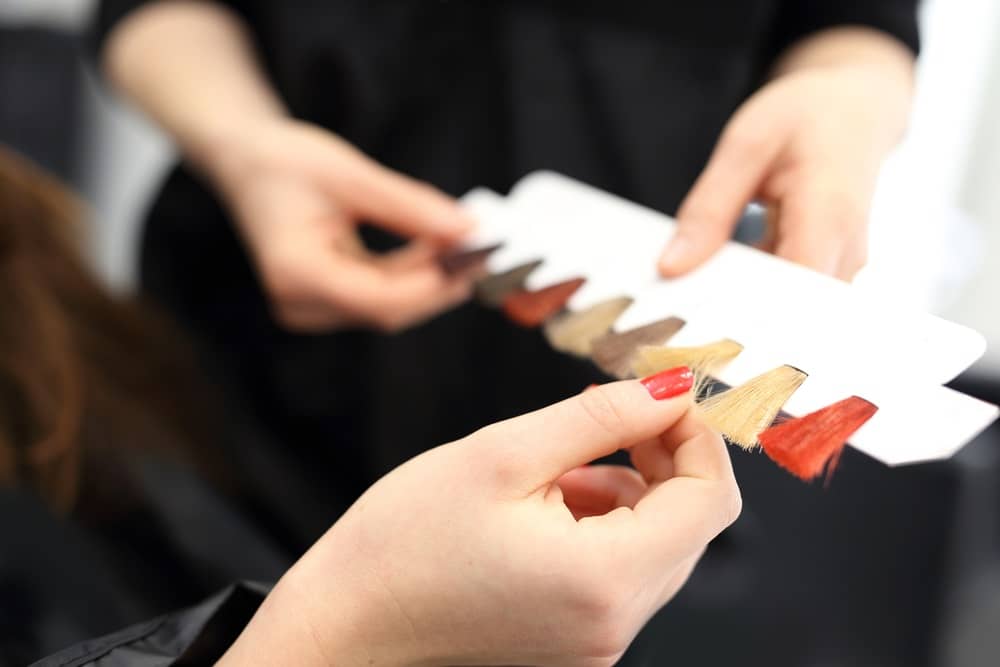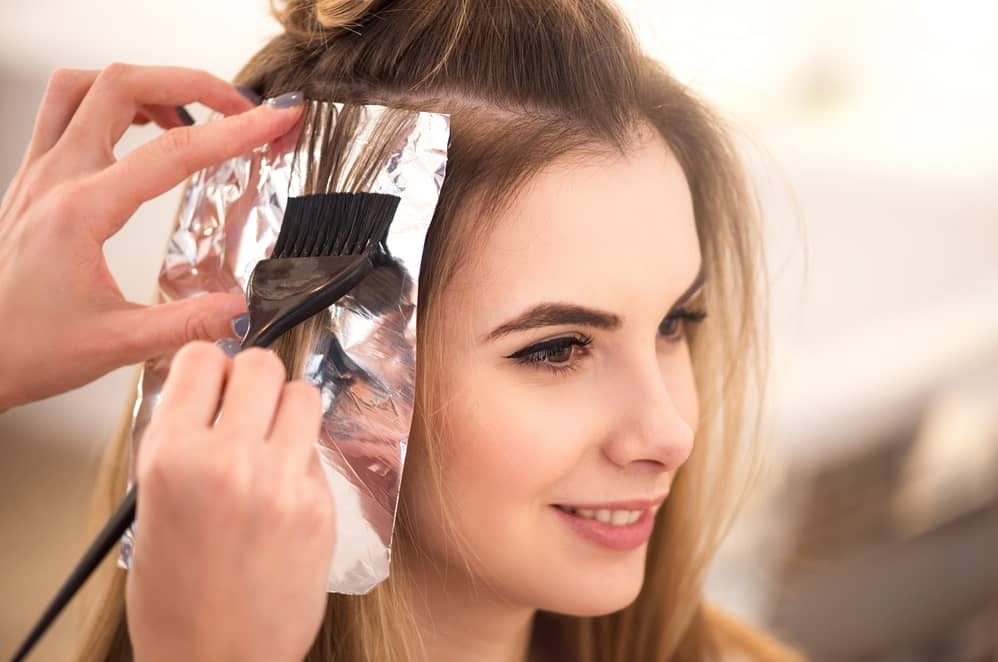Facial hair comes in all sorts of colors and textures, and if you’ve noticed that your beard is blonde while the hair on your head is a different shade, you’re not alone. It’s a curious phenomenon that many people encounter. Let’s dive into why this might be happening and explore the science and factors behind blonde facial hair.
1. Genetics: The Key Player
Genetics are the most significant factor influencing hair color. The color of your beard is largely determined by the genes you inherited from your parents. Hair color is controlled by multiple genes that influence the production and distribution of melanin, the pigment responsible for hair color.
- Melanin Variants: Two main types of melanin are involved in determining hair color: eumelanin (which comes in black or brown) and pheomelanin (which is yellow or red). A higher concentration of pheomelanin results in lighter hair colors like blonde. Even if your head hair has more eumelanin, the genes governing facial hair can vary, leading to a different color for your beard.
2. Age and Hormonal Changes
As we age, our hair undergoes various changes, including color shifts. It’s common for the hair on your face to change color over time due to age and hormonal fluctuations. For younger individuals, variations in facial hair color can sometimes be attributed to hormonal changes during puberty, which can cause some hair to appear lighter.
3. Sun Exposure and Environmental Factors
Sun exposure can lighten hair color over time. The ultraviolet (UV) rays from the sun can break down melanin in your hair, causing it to become lighter. If your facial hair gets more sun exposure compared to the hair on your head, this could result in a noticeable difference in color. Similarly, exposure to certain environmental elements or chemicals, like chlorine from swimming pools, can also affect hair color.
4. Diet and Health
Your diet and overall health can influence hair color as well. Deficiencies in certain nutrients, such as vitamin B12 or iron, can affect the pigmentation of your hair. While this is less common, a balanced diet rich in vitamins and minerals supports healthy hair growth and pigmentation.
5. Genetic Variations and Mixed Pigmentation
Sometimes, a phenomenon called mixed pigmentation occurs, where different parts of your body have varying levels of pigment. This is due to the complex interplay of multiple genes influencing different hair follicles. So, it’s not unusual for someone to have a different color of hair on their face compared to the hair on their scalp.
6. Hair Follicle Characteristics
Each hair follicle on your body has its own characteristics. The color of the hair that grows from a particular follicle can vary depending on the follicle’s melanin production. If your facial hair follicles produce less eumelanin, your beard can appear blonde even if the rest of your hair is darker.
Embracing Your Unique Facial Hair Color
Whether your blonde beard is a striking contrast to your head hair or a subtle change, it’s a unique feature that adds character to your appearance. If you’re curious about experimenting with hair color, or if you simply want to understand more about your genetic traits, there are plenty of resources and specialists available to provide insights.
In the end, the diversity in hair color is just one of the many ways our bodies showcase their individuality. Embrace the uniqueness of your blonde beard—it’s a natural part of what makes you, you.








